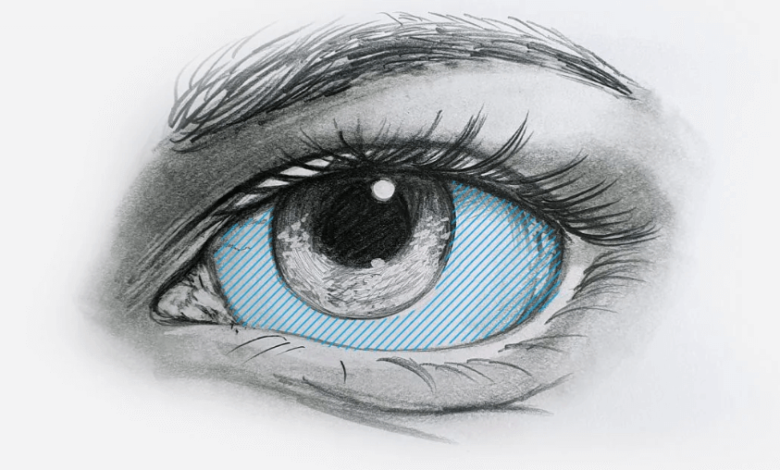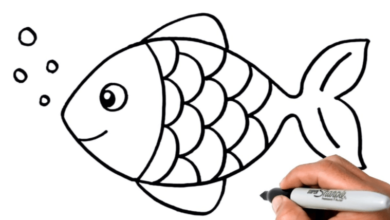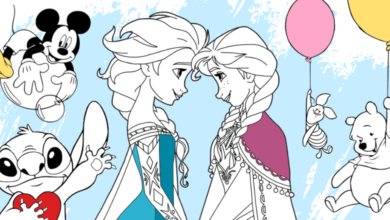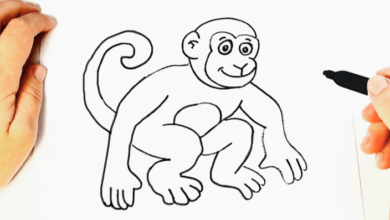Drawing:5dor0qguztg= Eye

The art of Drawing:5dor0qguztg= Eye serves as a pivotal aspect of artistic expression, enabling artists to impart emotion and depth to their subjects. Understanding the intricate anatomy of the eye, alongside mastering techniques related to light and shadow, is essential for achieving realism. Moreover, recognizing and avoiding common pitfalls can significantly enhance the overall quality of the artwork. As we explore these foundational elements, one might consider how these principles not only elevate individual pieces but also transform the artist’s approach to their craft. What nuances might reveal themselves in this intricate journey?
Importance of Eye Drawing
The importance of eye drawing extends far beyond mere aesthetic appeal; it serves as a fundamental skill that enhances an artist’s ability to convey emotion and character.
Mastery of this technique not only fosters emotional expression but also acknowledges the cultural significance of eyes in various societies.
Basic Anatomy of the Eye
Understanding the basic anatomy of the eye is vital for artists seeking to accurately depict this expressive feature.
The eye structure comprises essential components like the cornea, iris, and retina, each playing a crucial role in visual perception.
Grasping these elements allows artists to create more lifelike representations, enhancing their ability to convey emotion and depth in their artwork.
Embrace this knowledge to elevate your drawing skills.
Read Also Drawing:2i-Bjic1sds= Volcano
Techniques for Realistic Eyes
To achieve realistic eyes in your artwork, a combination of observation and technique is essential.
Focus on capturing eye expression by studying how light interacts with the iris and pupil.
Apply color theory to blend hues effectively, reflecting the nuances of human emotion.
Emphasize highlights and shadows, enhancing depth and realism, allowing your artwork to evoke a profound connection with the viewer.
Common Mistakes to Avoid
Achieving mastery in eye drawing can be hindered by a few common mistakes that artists often overlook.
Proportional errors, such as misplacing the iris or incorrectly sizing the pupil, can disrupt the overall realism.
Additionally, neglecting intricate iris details may lead to a flat appearance.
Using Light and Shadow
Effective use of light and shadow is essential for creating depth and realism in eye drawing.
By carefully considering your light sources, you can enhance the eye’s features and bring life to your artwork.
Shadow placement should complement the contours, creating a three-dimensional effect.
Experiment with various angles and intensities to discover the dynamic interplay between light and shadow, enriching your artistic expression.
Conclusion
Mastering the art of Drawing:5dor0qguztg= Eye is a gateway to achieving emotional depth and character in artwork. By understanding the intricacies of eye anatomy and employing effective techniques, artists can create lifelike representations that resonate with viewers. Avoiding common pitfalls ensures that eyes remain relatable and expressive. Ultimately, the ability to capture the essence of the eyes is akin to holding a mirror to the soul, revealing the profound connection between artist and observer.




